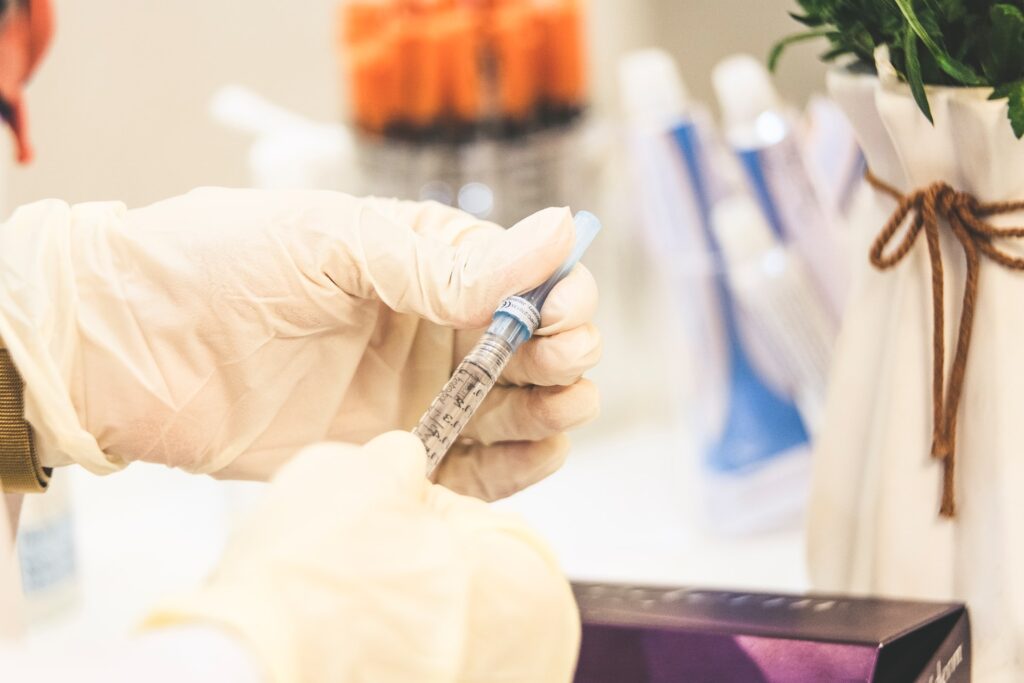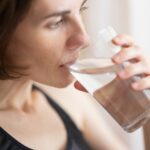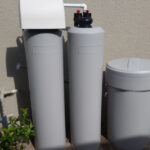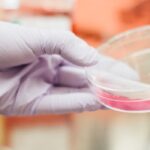In recent years the number of people concerned about the prevalence of chemicals from pharmaceuticals and personal care products, such as cosmetics, in the nation’s streams and rivers has grown. In 2002, the USGS performed the first significant examination and discovered an average of seven chemical compounds in the streams they looked at. The cause of this contamination is that American medication use has skyrocketed in recent years. In America alone, on average, doctors give out around 3.5 billion prescriptions each year. After being expelled from the body or when unneeded medicine is flushed down the toilet, the chemicals in these pharmaceuticals wind up in waterways. For this reason, today, we will discuss the most common pharmaceuticals in potable water supplies.
Beta Blockers
The first pharmaceuticals we are going to mention today are Beta-blockers. The four main compounds found in potable water supplies are sotalol, atenolol, metoprolol, and propranolol. Doctors prescribe these medications to individuals suffering from excessive blood pressure and those recuperating from heart attacks. Unfortunately, water safety tests found Beta-Blockers in surface water on multiple occasions. These findings show that Beta Blockers do not degrade completely in sewage treatment facilities. You can sign up for the water test in Longwood, Florida, to check the water in your home.
Cardiovascular Medications and Lipid-lowering Medicines
Over the last several decades, cardiovascular medicines and lipid-regulating chemicals have become prominent environmental pollutants classes. However, information on their presence in freshwaters and ecotoxicity remains inadequate. This medication helps with heart physiology, lipid metabolism, growth, and reproduction, and its presence in potable water supplies is not ideal. Research has found the existence of 82 cardiovascular medications and lipid regulating agents worldwide. These pharmaceuticals are so far-reaching that they even affect aquatic life. Only 71% of these medications in use have had their residues in aquatic environments studied, and only about 24% have evaluated their effects. Researchers have found these pharmaceuticals on surface waters ranging from 12 ng/L to over 100 ng/L. In wastewater, the amounts were even higher.
Antiepileptics
Surface waters frequently contain pharmaceuticals, such as antiepileptic pharmaceuticals. However, many water treatment and purification systems are still looking for a way to remove these compounds from the water effectively. Furthermore, antiepileptics are found in wastewater as well. As a result, extensive research into sophisticated compound elimination systems has been underway for several years. The main reason is that antiepileptic pharmaceuticals tend to transform into more dangerous compounds when improperly handled. Unfortunately, this sort of chemical in the water supply can be hazardous and hard to deal with.
Antibiotics
The geographical and temporal distribution of antibiotics in water sources varies greatly throughout the United States, but the fact stands, they are there. Most of this variation is a direct result of the local industrial structure. Antibiotic disposal methods in the pharmaceutical sector and antibiotic usage in the livestock business have greatly influenced the number of Antibiotics in potable water supplies. In some parts of the US, chloramphenicol, a highly effective antibiotic with proportionally significant side effects, is a big issue.
The pharmaceutical sector is concentrated in economically developed areas of the US. Because of this, research has found a high concentration of antibiotic contamination in these areas. The main reason for this is the substantial volume of antibiotic wastewater that is discharged here. Additionally, the rise of the livestock sectors has resulted in much greater levels of sulfonamides and tetracycline antibiotics in the environment. In addition to that, Quinolone antibiotics are common in medical therapy as broad-spectrum anti-infective medications. Research has found traces of it in most local drinking water sources.
Ways To Treat Water
There is currently no definitive method for removing these compounds from potable water supplies. There are, however, a few methods that can assist with certain pharmaceuticals. Among them are:
1. Treatment With Activated Sludge
Activated sludge is a compound made up of microorganisms attached to organic and inorganic materials. This material can help with antibiotic biosorption, antibiotic biodegradation, and flocculation. The diverse bacteria in activated sludge establish a complicated food chain with organic nutrients in the wastewater. This microbial activity can eliminate the antibiotics in the wastewater supply without much issue.
2. Filtration by Membrane
The membrane separation technique uses micro- and nanoporous membranes to intercept or reverse osmosis antibiotics in water for purification. That being said, Membrane separation is often only one part of a water purification procedure. You will often see it in combination with activated sludge treatment and general water treatment.
3. Filtration via Physical Adsorption
Physical adsorption refers to the process in which antibiotic molecules attach to surfaces through intermolecular interactions. In many applications, scientists use adsorbents with a molecular sieve pore structure, such as activated carbon or a modified form of activated carbon to accomplish this. Physical adsorption can significantly reduce the number of antibiotic molecules in water. However, it can’t get it all in one swoop.
4. Filtration via Plants Adsorption
Plants absorb antibiotics from river water and bottom sediments through their roots, stems, and leaves. They subsequently transmit them to animals that consume them or into the sediment where their roots are. While this can help reduce the number of pharmaceuticals in water, the environment for this type of filtration must be ideal for it to work. It is almost impossible to create it in a home environment.
Are Pharmaceuticals in Potable Water Supplies Dangerous?
Many people are aware of water contamination these days. Indeed, in recent years, 24/7 Logistics Services experts have noticed an increase in homes equipped with sophisticated water filtration systems. People are doing everything they can to make their water cleaner and safer. That being said, are pharmaceuticals in the water supply that dangerous?
Findings show that exposure to trace amounts of medicines that may theoretically be present in drinking water had a very low risk of causing significant adverse health effects. Pharmaceutical concentrations in drinking water are often more than 1000 times lower than the MTD, which is the lowest clinically active dose. This indicates that the health hazards of exposure to trace quantities of pharmaceuticals in potable water supplies are exceedingly low. However, we recommend contacting professionals for water treatment in Central Florida and equipping your home with a modern filtration system to be safe.








